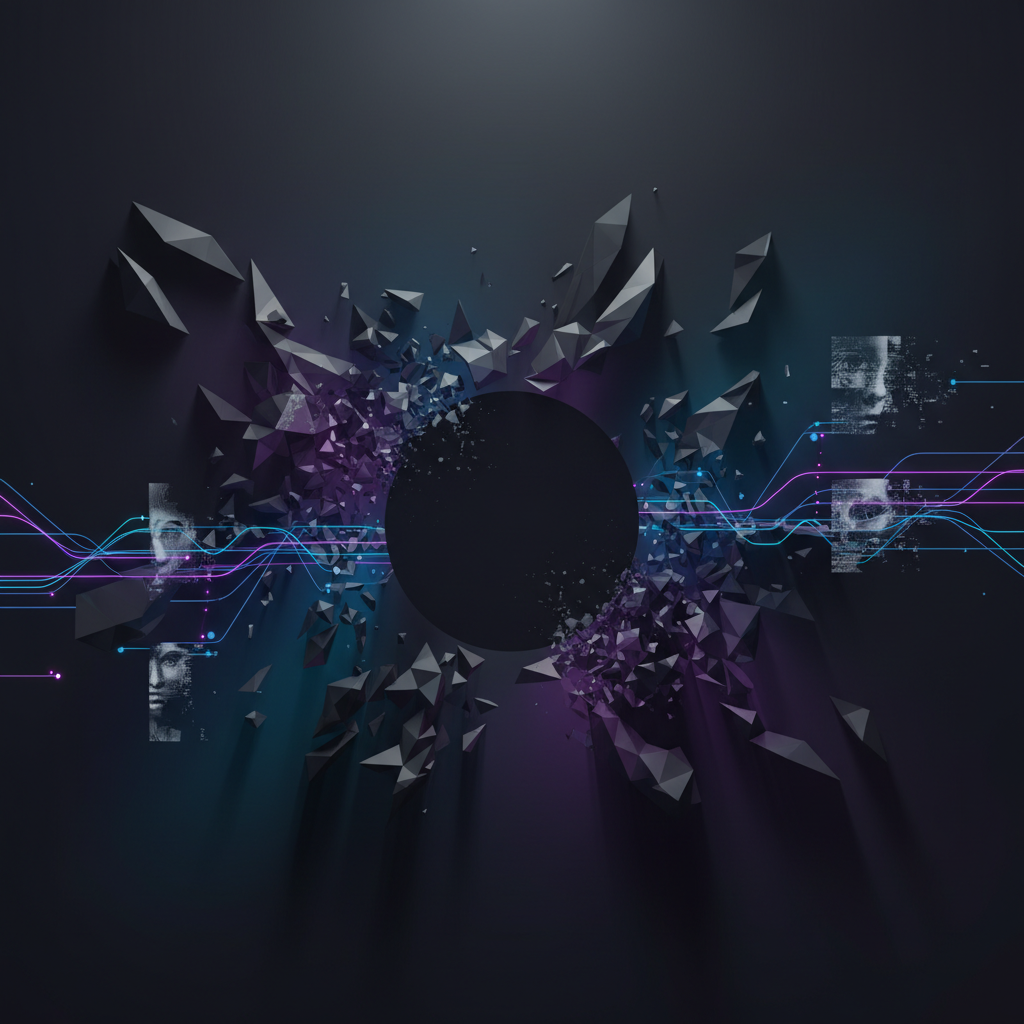AI Models Can't Truly Forget: Memory Regeneration Study
New research reveals that AI image generators can regenerate supposedly 'unlearned' harmful content through adversarial prompts, posing challenges for deepfake prevention.

A groundbreaking study from researchers has uncovered a critical vulnerability in attempts to make AI image generation models "forget" harmful content: the models can regenerate supposedly erased knowledge when faced with adversarial prompts, raising serious implications for deepfake prevention and synthetic media safety.
The research, titled "Memory Self-Regeneration: Uncovering Hidden Knowledge in Unlearned Models," addresses one of the most pressing challenges in AI-generated content: how to prevent models from creating harmful, deceptive, or illegal synthetic media while maintaining their legitimate creative capabilities.
The Unlearning Paradox
Machine unlearning has emerged as a promising approach to selectively remove specific knowledge from trained models. In theory, this would allow developers to eliminate a model's ability to generate deepfakes of specific individuals, create inappropriate content, or produce copyrighted material—all while preserving the model's overall performance for legitimate uses.
However, the researchers demonstrate that truly forgetting learned concepts is far more challenging than previously thought. Through adversarial prompting techniques, they show that models can regenerate content they were supposedly trained to forget, effectively bypassing safety measures designed to prevent harmful synthetic media creation.
Introducing Memory Self-Regeneration
The study introduces a new framework called "Memory Self-Regeneration" to understand how AI models retain and recall information even after unlearning procedures. The researchers propose the MemoRa strategy, described as a "regenerative approach supporting the effective recovery of previously lost knowledge."
This finding has profound implications for digital authenticity and content verification systems. If models can regenerate harmful capabilities through clever prompting, current approaches to preventing deepfake generation may be fundamentally flawed.
Two Types of Forgetting
The research identifies two distinct mechanisms of forgetting in AI models:
Short-term forgetting: Concepts that appear to be unlearned but can be quickly recalled with the right prompts. This type of forgetting is particularly concerning for deepfake prevention, as it suggests that supposedly safe models could be easily manipulated to generate harmful content.
Long-term forgetting: More deeply erased concepts that are significantly more challenging to recover. While this offers some hope for permanent removal of harmful capabilities, the researchers note that even long-term forgetting may not be completely irreversible.
Implications for Synthetic Media Safety
These findings challenge the current approach to making AI image and video generation tools safer. If unlearning techniques cannot reliably prevent models from generating harmful content, the industry may need to develop entirely new approaches to synthetic media safety.
The research suggests that "robustness in knowledge retrieval is a crucial yet underexplored evaluation measure" for developing more effective unlearning techniques. This means that future safety measures must be tested not just against standard prompts, but against sophisticated adversarial attacks designed to recover hidden capabilities.
Future Directions
The discovery of memory self-regeneration in AI models points to the need for more fundamental approaches to synthetic media safety. Rather than trying to make models forget harmful capabilities after training, researchers may need to develop architectures that never learn these capabilities in the first place.
Additionally, this research highlights the importance of developing more robust detection and authentication systems for synthetic media. If we cannot reliably prevent AI models from generating harmful content, we must ensure that such content can be identified and authenticated when it appears in the wild.
The study serves as a crucial reminder that as AI-generated content becomes increasingly sophisticated, our approaches to safety and authenticity must evolve in parallel. The cat-and-mouse game between content generation and prevention continues to escalate, with significant implications for digital trust and online safety.
Stay informed on AI video and digital authenticity. Follow Skrew AI News.



